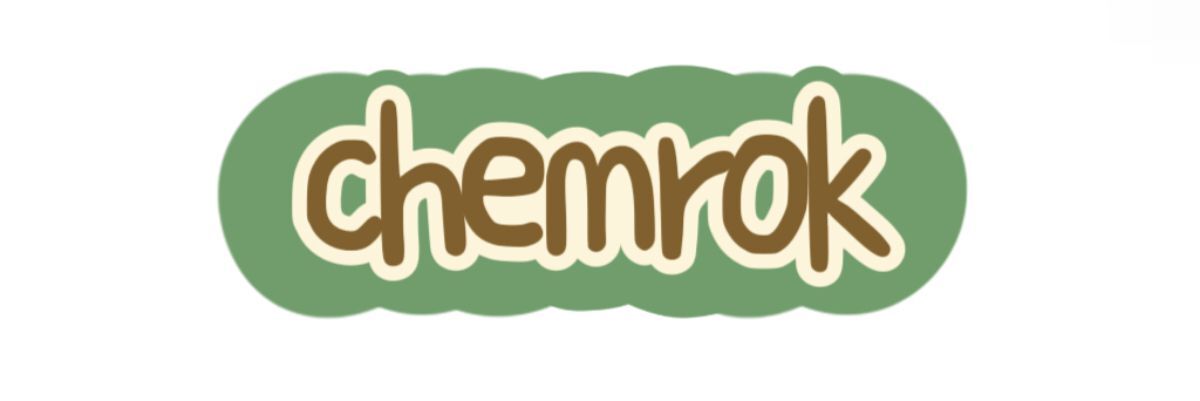Yellow Masterbatch Trends to Watch in 2025
The world of plastics is evolving, and color masterbatches play a significant role in this transformation. As we look ahead to 2025, the trends surrounding yellow masterbatch are set to shape the industry and influence consumer preferences. Yellow masterbatch, which is a concentrated mixture of pigments and additives used to color plastic, is not just about aesthetics; it also impacts functionality, branding, and sustainability.
For more yellow masterbatchinformation, please contact us. We will provide professional answers.
One of the most prominent trends is the growing demand for eco-friendly and sustainable products. As environmental concerns continue to rise, manufacturers are increasingly seeking out yellow masterbatches that are derived from renewable resources or are biodegradable. This shift not only attracts environmentally conscious consumers but also aligns with the regulations that many regions are implementing to curb plastic waste. Companies that prioritize sustainability in their production processes are likely to gain a competitive advantage in the marketplace.
Another significant trend is the increasing focus on performance and quality. The demand for yellow masterbatches that offer superior color consistency and UV stability is on the rise. As industries like packaging, automotive, and consumer goods continue to grow, there’s a heightened need for materials that can withstand environmental stressors while maintaining vibrant color. Innovations in technology are paving the way for masterbatches that provide not just color, but enhanced properties such as heat resistance and lower migration in food packaging applications.
As industries embrace digital technologies, the yellow masterbatch sector is also benefitting from advancements such as artificial intelligence and data analytics. Companies are beginning to leverage AI to enhance their formulation processes, resulting in more optimized blends that can better meet customer specifications. This integration of technology allows for greater customization and faster turnaround times, catering to the specific needs of different stakeholders.
Moreover, the color yellow itself is becoming increasingly popular across various sectors, reflecting contemporary trends in design and user preferences. Yellow symbolizes warmth, positivity, and energy, making it an appealing choice for branding and packaging. As brands seek to resonate emotionally with consumers, yellow masterbatches are finding broader applications not just in traditional markets but also in innovative sectors like electronics and smart home devices, where color can significantly impact user experience.
The rising trend of personalization in consumer products is leading to an increased interest in custom color solutions, including tailored yellow masterbatches. Brands are recognizing the need to differentiate themselves in a crowded marketplace, and offering consumers the ability to select shades that reflect their individual tastes is a powerful tool. This trend enables manufacturers to expand their portfolios and cater to niche markets, ensuring relevance in a dynamic industry landscape.
Furthermore, geographical markets are also influencing yellow masterbatch trends. Emerging economies, particularly in Asia and Africa, are witnessing a surge in construction and development activities, leading to increased demand for plastic materials in various applications. This growing market creates new opportunities for yellow masterbatch suppliers to establish a presence and adapt their offerings to local preferences and requirements.
In conclusion, the trends surrounding yellow masterbatches heading into 2025 highlight a convergence of sustainability, performance, technological innovation, and consumer preferences. Companies that harness these trends will not only enhance their product offerings but also align themselves with the expectations of a changing marketplace. By staying ahead of these developments, manufacturers can ensure their relevance and competitiveness in the evolving landscape of the plastic industry. To capitalize on these opportunities, those involved in the production and supply of yellow masterbatches must remain agile, investing in research and development while also engaging with their customers to better understand their needs. This proactive approach will undoubtedly lead to increased traffic and improved search engine rankings for providers who effectively communicate their unique value propositions in the marketplace.
For more information, please visit color masterbatch manufacturers.


